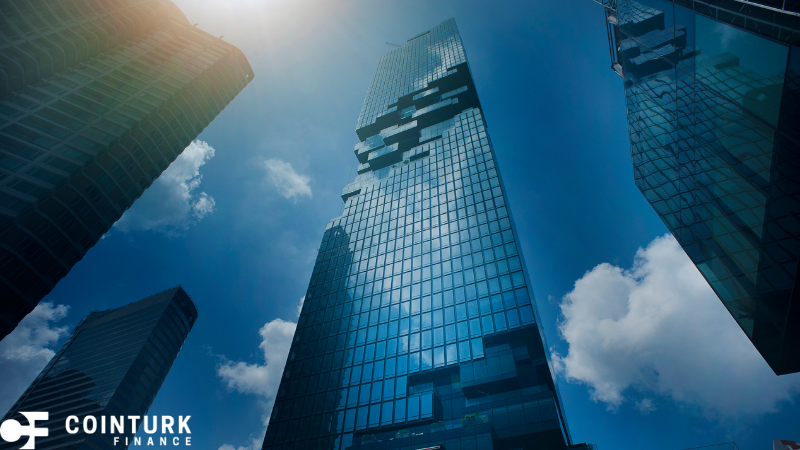The RealReal, a prominent online luxury resale platform, has seen a consistent rise in sales, despite the downturn in the overall luxury market. Shoppers increasingly gravitate towards secondhand luxury items, drawn by more accessible pricing for high-end brands such as Gucci and Chanel. This trend coincides with a broader shift in consumer behavior, where the appeal of value meets prestige, allowing The RealReal to capitalize on the changing dynamics within the luxury sector. The company is also innovating its processes to maintain its competitive edge and expedite product sales.
How is The RealReal Leveraging Technology?
The RealReal has been actively enhancing its operational efficiency through technological investments. By using artificial intelligence, the company streamlines its authentication process for luxury goods, which traditionally involved manual comparisons of product images.
“We’re constantly pushing the envelope on what we could use technology for to drive efficiencies in our business,”
stated Ajay Gopal, the company’s Chief Financial Officer. The implementation of machine learning algorithms has notably reduced the time required to verify the authenticity of luxury items, thus speeding up the listing process.
What Are the Recent Financial Trends for The RealReal?
Recent financial reports indicate a positive trajectory for The RealReal. The company’s revenue increased by 11%, reaching $148 million, largely due to a 14% rise in consignment revenue. This growth is reflected in the 829,000 orders processed, marking a 4% year-over-year increase. The average order value rose by 2% to $522, highlighting consumer willingness to invest in authenticated secondhand luxury goods.
“There is a lot of confidence in supply right now,”
noted Rati Sahi Levesque, the company’s CEO, emphasizing the ongoing shift in consumer preferences towards value-centric luxury shopping.
In contrast to the current success of The RealReal, the luxury market has encountered significant challenges over recent years. Reports reveal that luxury brands have lost approximately 50 million customers, indicating a 10% drop in their customer base. This shift marks a major industry setback, as economic uncertainty and changing consumer spending patterns continue to affect luxury retailers globally.
Broader economic conditions also impact the retail sector, with consumers reducing spending due to rising costs and inflation. This trend is evident across both luxury and budget retail segments.
“The ripple effects of economic uncertainty hit retail hard this quarter, particularly in discretionary categories,”
commented Bellamy Grindl from Retailytics, highlighting the complex interplay between consumer confidence and economic factors.
The RealReal’s growth within a struggling luxury market underscores the increasing consumer shift towards sustainable luxury shopping options. As economic factors continue to influence consumer choices, the appeal of value-focused luxury shopping is likely to persist. The RealReal’s strategic use of technology and emphasis on value may well sustain its growth trajectory, offering insights into future trends in luxury retail.










